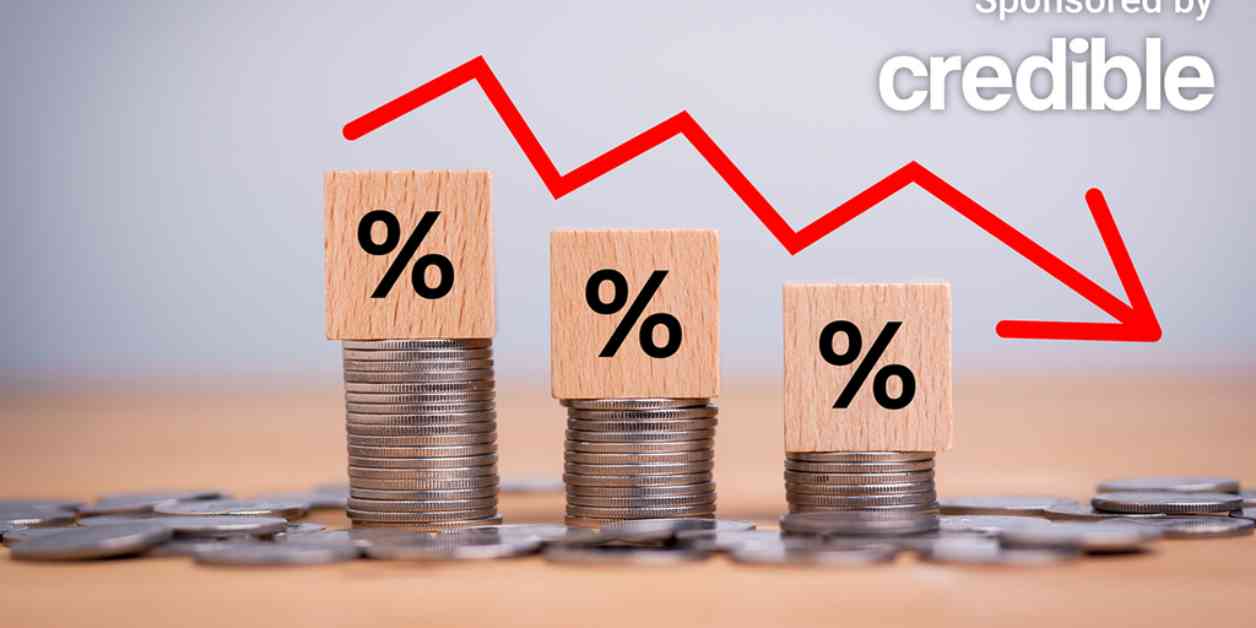**August Inflation at 2.5% Signals Potential Fed Rate Cut**
Inflation in the United States continued its downward trend in August, with the annual rate reaching 2.5%, according to the latest data from the Consumer Price Index (CPI) released by the Bureau of Labor Statistics (BLS). This figure represents the smallest 12-month increase since February 2021 and is a drop from the 2.9% growth seen in the previous month. The Federal Reserve has set a target inflation rate of 2%, and the latest numbers suggest that the central bank may be inclined to lower interest rates at its upcoming meeting in September.
**Factors Influencing Inflation Trends**
The decline in inflation can be attributed to several key factors, including a decrease in energy costs over the past year and a significant slowdown in the rate of grocery price hikes. On the other hand, housing costs have remained a significant driver of consumer expenses, with shelter inflation rising by 0.5% in August. However, on an annual basis, shelter inflation has moderated to 5.2%, down from its peak of 8.2% in March 2023.
The core inflation rate, which excludes volatile food and energy prices, rose by 3.2% annually and increased by 0.3% on a monthly basis in August, following a 0.2% rise in the previous month. This indicates that while certain sectors of the economy are experiencing price increases, overall inflationary pressures are moderating.
**Implications for Federal Reserve Policy**
The latest inflation data is seen as a crucial indicator for the Federal Reserve’s upcoming decision on interest rates. Danielle Hale, Chief Economist at Realtor.com, believes that the continued decline in August inflation solidifies the path for a rate cut in September. However, there is still debate within the financial community regarding the size of the potential rate cut, with some experts suggesting a quarter-point reduction while others anticipate a half-point cut.
Jim Baird, Chief Investment Officer at Plante Moran Financial Advisors, highlights the importance of the Fed’s decision in maintaining its credibility and controlling the narrative around its policy actions. Despite calls for a more aggressive rate cut in light of weaker-than-expected job creation data, Baird believes that a measured quarter-point reduction is more likely given the current economic conditions and inflation trends.
**Market Trends and Housing Outlook**
The housing market has been closely watching the Federal Reserve’s actions, as lower interest rates could lead to improved borrowing rates for mortgages. As mortgage rates continue to decrease, first-time homebuyers are facing the challenge of high home prices. However, the increase in housing inventory and the availability of affordable homes priced between $200,000 and $350,000 are positive signs for prospective buyers.
Realtor.com’s Senior Economic Research Analyst, Hannah Jones, notes that many Southern markets have seen a significant increase in inventory, which has helped alleviate some pricing pressures. In contrast, popular Midwest and Northeast markets are still experiencing high demand and price growth. To support first-time homebuyers, Democratic presidential candidate Kamala Harris has proposed offering up to $25,000 in down payment support, which could make homeownership more accessible for many Americans.
**Final Thoughts**
As the Federal Reserve prepares for its upcoming meeting, all eyes are on the inflation data and the potential impact on interest rates. The decline in August inflation signals a possible rate cut in September, but the size of the cut remains a point of contention among economists. With housing market trends shifting and mortgage rates expected to continue their downward trajectory, prospective buyers may find opportunities to enter the market at more favorable terms. Overall, the August inflation figures provide valuable insights into the current economic landscape and the future direction of monetary policy in the United States.














